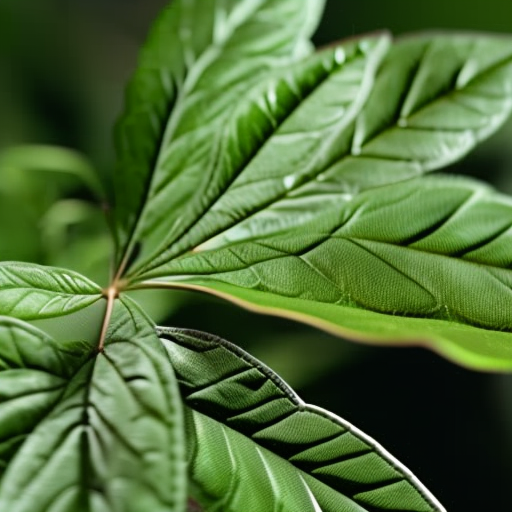
As the legality of cannabis expands across various jurisdictions, the evolution of consumption methods has markedly transformed the landscape of medicinal and recreational marijuana use. Among the most significant shifts in this landscape is the growing preference for edibles over traditional smoking. This article aims to elucidate the pharmacokinetics, subjective experiences, and clinical considerations pertinent to the transition from smoking to cannabis-infused edibles.
The pharmacokinetics of cannabis, particularly the active compound tetrahydrocannabinol (THC), reveals crucial differences between smoking and ingesting cannabis. When inhaled, THC rapidly permeates the alveolar-capillary membrane, leading to an almost instantaneous systemic absorption. Research indicates that peak plasma concentrations are typically attained within minutes, resulting in rapid onset of psychoactive effects.
Conversely, the bioavailability of THC is significantly altered when consumed as an edible. The oral route necessitates the passage of THC through the gastrointestinal tract, where it undergoes first-pass metabolism in the liver. This metabolic process converts THC into 11-hydroxy-THC, a potent psychoactive metabolite that often elicits a more intensive effect than its parent compound. Consequently, users may experience a delayed onset of effects, typically ranging from 30 to 90 minutes post-ingestion, influenced by factors such as individual metabolic rate, body mass, and prior food consumption.
Users transitioning from smoking to edibles often report a qualitatively different experience. Anecdotal evidence suggests that edibles yield a more profound and encompassing body high, attributed to the increased potency of 11-hydroxy-THC. This phenomenon is particularly beneficial for patients with chronic pain, as the systemic absorption of THC via the digestive tract leads to a more sustained analgesic effect. The longer duration and more intense body response is characterized by users as a holistic relaxation, contrasting with the cerebral effects commonly associated with inhalation methods.
Quantitatively, the duration of psychoactive effects is markedly extended with edibles. While the effects of smoked cannabis typically peak within 30 minutes and dissipate within 2 to 3 hours, edibles can maintain psychoactivity for up to 8 hours, with peak effects occurring 2 to 4 hours after consumption. This extended duration necessitates a paradigm shift in dosing strategies, particularly for novice users who may inadvertently overconsume due to the delayed feedback loop inherent in the oral consumption of cannabis.
The transition to edibles necessitates a reevaluation of dosing strategies, particularly for individuals utilizing cannabis for medicinal purposes. Microdosing—consuming sub-threshold doses of THC—has garnered interest among patients seeking to manage conditions such as anxiety, pain, and insomnia without the impairing effects typically associated with higher doses.
However, a common pitfall in the initial experiences of users is the tendency to underestimate the potency of edibles. Beginning with low doses (e.g., 2.5 mg to 5 mg of THC) and gradually titrating based on individual tolerance and response can mitigate the risk of adverse effects such as dysphoria and anxiety that may arise from overconsumption. Furthermore, understanding the metabolism of edibles can guide users in establishing a personalized dosing regimen that addresses their specific medical needs.
The transition from smoking to edibles signifies a broader societal shift towards more discreet and potentially healthier consumption methods. As the body of research surrounding cannabis continues to grow, users must approach this transition with mindfulness, patience, and an informed understanding of the pharmacological principles at play. By recognizing the differences in onset, duration, and overall experience, individuals can optimize their use of edibles, enhancing both their therapeutic and recreational enjoyment of cannabis.
In summary, while the convenience and discreteness of edibles present numerous advantages, the physiological nuances and potential for unforeseen effects require careful consideration. As users embark on this exploration of cannabis consumption, a methodical approach will ultimately facilitate a more rewarding and beneficial experience.

